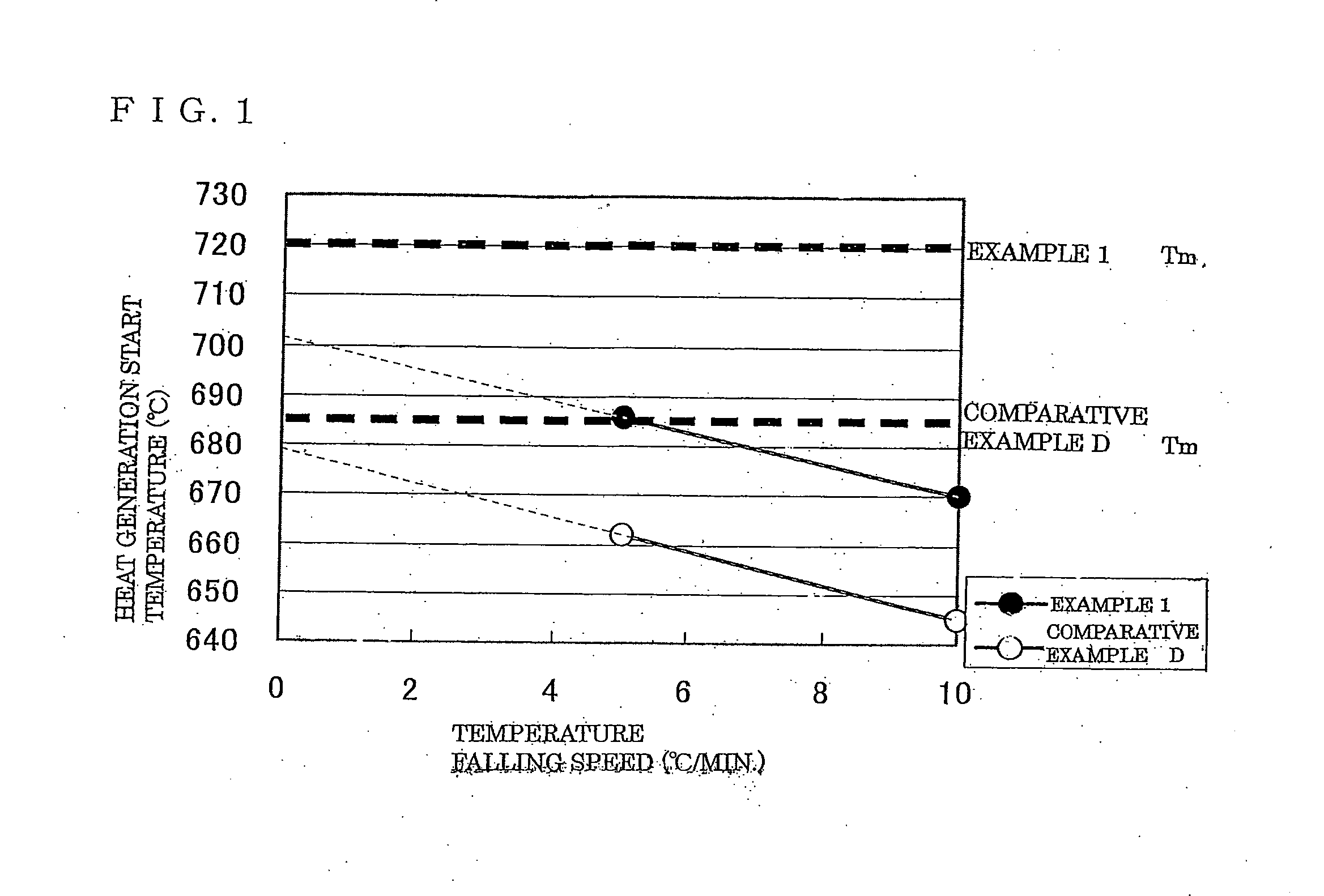Optical glass
a technology of optical glass and refractive index, applied in the field of ultralow refractive index and ultralow dispersion glass, can solve the problems of high productivity, difficult to produce homogeneous glass stably, and hinder glass production
- Summary
- Abstract
- Description
- Claims
- Application Information
AI Technical Summary
Benefits of technology
Problems solved by technology
Method used
Image
Examples
examples
[0130] Examples of the optical glass of the present invention will be described below. It should be understood that the scope of the present invention is in no way restricted to these examples.
[0131] Tables 1 to 4 show amounts in mass % on element basis of elements constituting glass materials (Aspects 4-6), the ratio (Si+B+P+Al) / F in mass % on element basis, the ratio Ba / Sr, refractive index (nd), Abbe number (νd), and a result of a constant temperature test (Tm−Tx) of Example Nos. 1-23 for obtaining a ultra-low refractive index and ultra-low dispersion fluoro-complex phosphate glass having a refractive index (nd) within a range from 1.41 to 1.47 and an Abbe number (νd) within a range from 90 to 100. Tables 5 to 8 show amounts in mass % of glass materials (Aspects 7-9), the ratio (MgF2+CaF2) / (Al(PO3)3+AlF3) in mass % of the respective examples. In other words, the examples of Tables 5 to 8 are of the same composition as the corresponding examples expressed in a different manner.
[...
PUM
| Property | Measurement | Unit |
|---|---|---|
| Abbe number | aaaaa | aaaaa |
| Abbe number | aaaaa | aaaaa |
| Abbe number | aaaaa | aaaaa |
Abstract
Description
Claims
Application Information
 Login to View More
Login to View More - R&D
- Intellectual Property
- Life Sciences
- Materials
- Tech Scout
- Unparalleled Data Quality
- Higher Quality Content
- 60% Fewer Hallucinations
Browse by: Latest US Patents, China's latest patents, Technical Efficacy Thesaurus, Application Domain, Technology Topic, Popular Technical Reports.
© 2025 PatSnap. All rights reserved.Legal|Privacy policy|Modern Slavery Act Transparency Statement|Sitemap|About US| Contact US: help@patsnap.com

